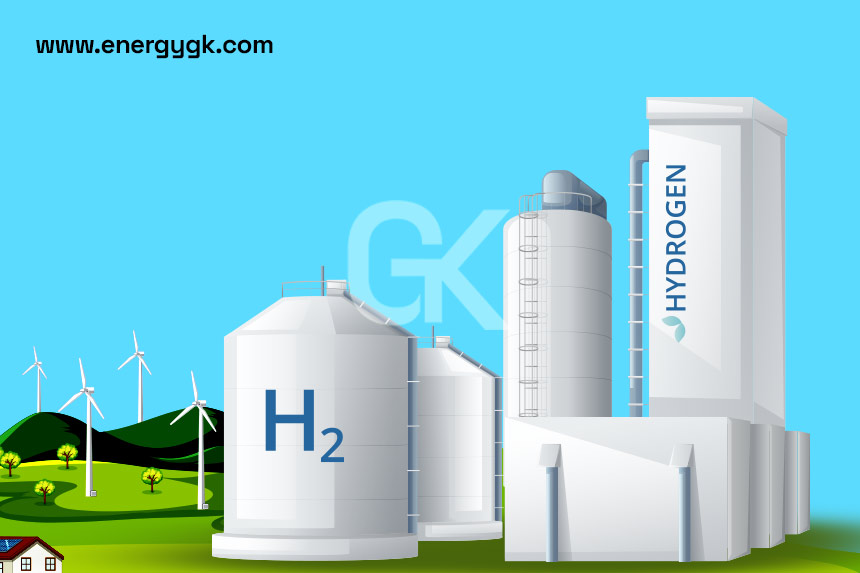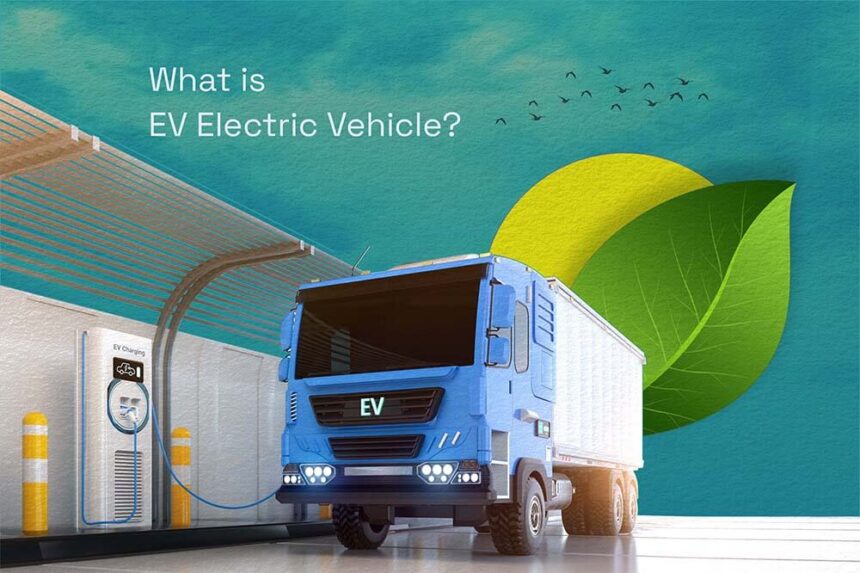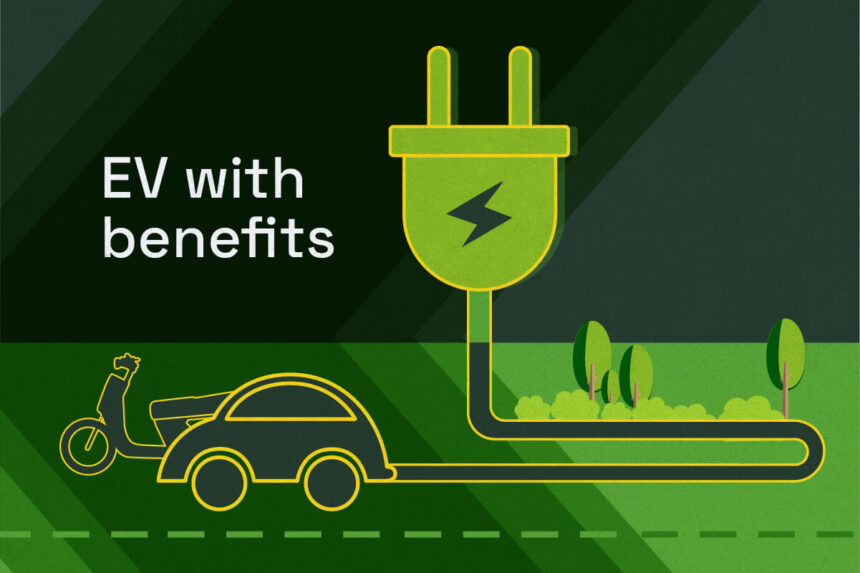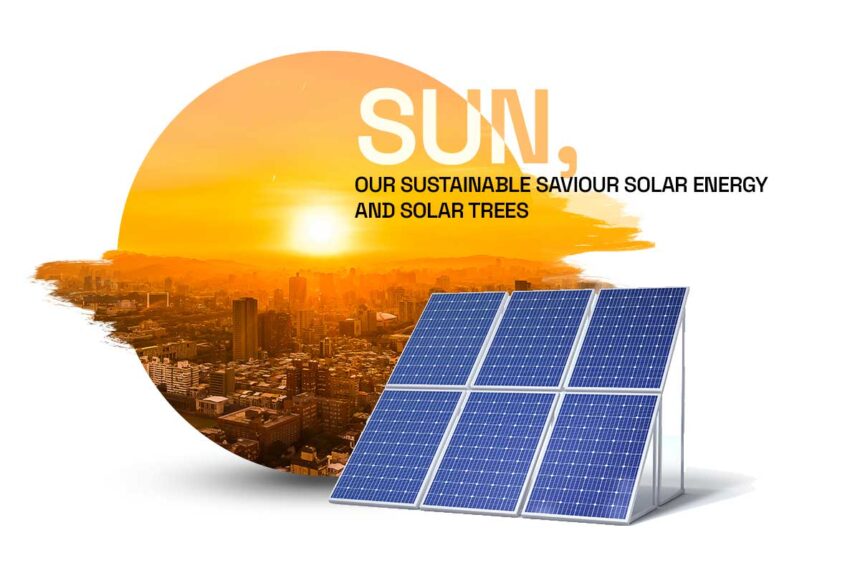The circular economy surfaces as a revolutionary paradigm that reframes our thinking about resources production and consumption in the pursuit of sustainability. The circular economy places a greater emphasis on reducing waste maximizing resource efficiency and promoting sustainable practices than the conventional linear economy which follows a take make dispose pattern. Energy and specifically sustainable energy is one major area where the circular economy and sustainability are deeply interwoven. This article investigates this relationship and demonstrates how the circular economy can promote the use of environmentally friendly energy sources.
Comprehending the Circular Economy.
The fundamental goal of the circular economy is to establish closed-loop systems that continually recycle remanufacture and reuse resources. This strategy minimizes the negative effects on the environment and lessens the need for virgin materials. These are some of the fundamental ideas of the circular economy. Reusable recyclable and long-lasting product design is the goal of waste elimination.
Maintaining Materials and Products: Increasing the lifespan of products via upkeep restoration and repair.
Regenerating Natural Systems: Bringing back biological resources to the planet in order to maintain and rebuild ecosystems. Ecological Energys Function. Renewable energy sources with minimal environmental impact and a role in lowering carbon emissions are referred to as sustainable energy. Among the well-known examples are solar wind hydro and biomass. In order to combat climate change and accomplish global sustainability goals a shift to sustainable energy is imperative.
The Correspondence Between Sustainable Energy and Circular Economy.
Resource Efficiency in the Generation of Energy: Using renewable resources and energy-saving techniques is encouraged by the circular economy. One way to lessen the environmental impact is to manufacture solar panels or wind turbines using recycled materials. The longevity and sustainability of energy solutions are ensured by circular practices which benefit energy storage systems like batteries by reusing materials like cobalt and lithium.
Reducing Gas and Waste: Reducing waste at every stage of production and consumption is the main goal of a circular energy system. For instance leftover heat from industrial operations can be collected and put to use again to heat buildings or create energy. Turning waste into useful energy is how the circular economy is demonstrated through the production of bioenergy from organic waste materials such as food waste and agricultural residues.
Increasing the Life Cycle of Energy Infrastructure: Energy infrastructure such as solar panels and wind turbines can be kept in better working order for longer periods of time by getting regular maintenance and repairs. This lowers the need for new installations and conserves resources. Rebuilding or repurposing the parts of decommissioned renewable energy installations can help create a circular energy system.
Creative Business Models: Innovative business models like product-as-a-service where customers lease energy equipment instead of purchasing it are encouraged by the principles of the circular economy. Because manufacturers maintain ownership under this model they are encouraged to design with longevity and recyclability in mind.
Renewable energy is being adopted more widely thanks to energy-as-a-service models which provide customers with sustainable energy solutions without requiring them to make upfront infrastructure investments. Examples and Applications in the Real World.
Initiatives for a Circle Sun:. Businesses are creating solar panels that are easy to disassemble at the end of their life cycle and that can be assembled from recyclable materials. This guarantees the recovery of valuable materials and minimizes waste. In developing nations solar energy projects that integrate circular practices are improving energy accessibility and advancing sustainability.
Recycling Wind Turbines:. The circular economys potential in the renewable energy sector is demonstrated by the fact that wind turbine blades which have historically been difficult to recycle are now being used to create products like playgrounds bridges and furniture.
Industrial Ecology:. Material and energy exchanges between industries are a part of industrial symbiosis. Power plant waste heat for instance can be optimized for resource efficiency and emission reduction by being utilized for district heating or in adjacent industrial processes.
The Circular Economy and Sustainable Energys Future. For a sustainable future it is not only ideal but also necessary to integrate the concepts of the circular economy with sustainable energy sources. Encouraging circular practices in the energy sector requires cooperation between businesses consumers and policymakers.
Essential actions consist of:.
Policy Support: By enforcing laws providing tax breaks and offering subsidies governments can encourage companies to adopt circular practices and sustainable energy solutions.
Innovation & Research: This synergy can only be advanced by investing in the study and development of circular technologies and sustainable energy sources. A greater understanding of the advantages of sustainable energy and the circular economy among consumers can stimulate demand for sustainable goods and services.
Conclusion
A route to a resilient and sustainable future is provided by the relationship between sustainable energy and the circular economy. Adopting circular principles can help us accelerate the switch to renewable energy sources improve resource efficiency and cut waste. This integrated approach fosters social well-being generates economic opportunities and addresses environmental challenges. Moving forward the circular economy will be essential in creating a sustainable energy landscape that strikes a healthy balance between environmental stewardship and economic growth.






